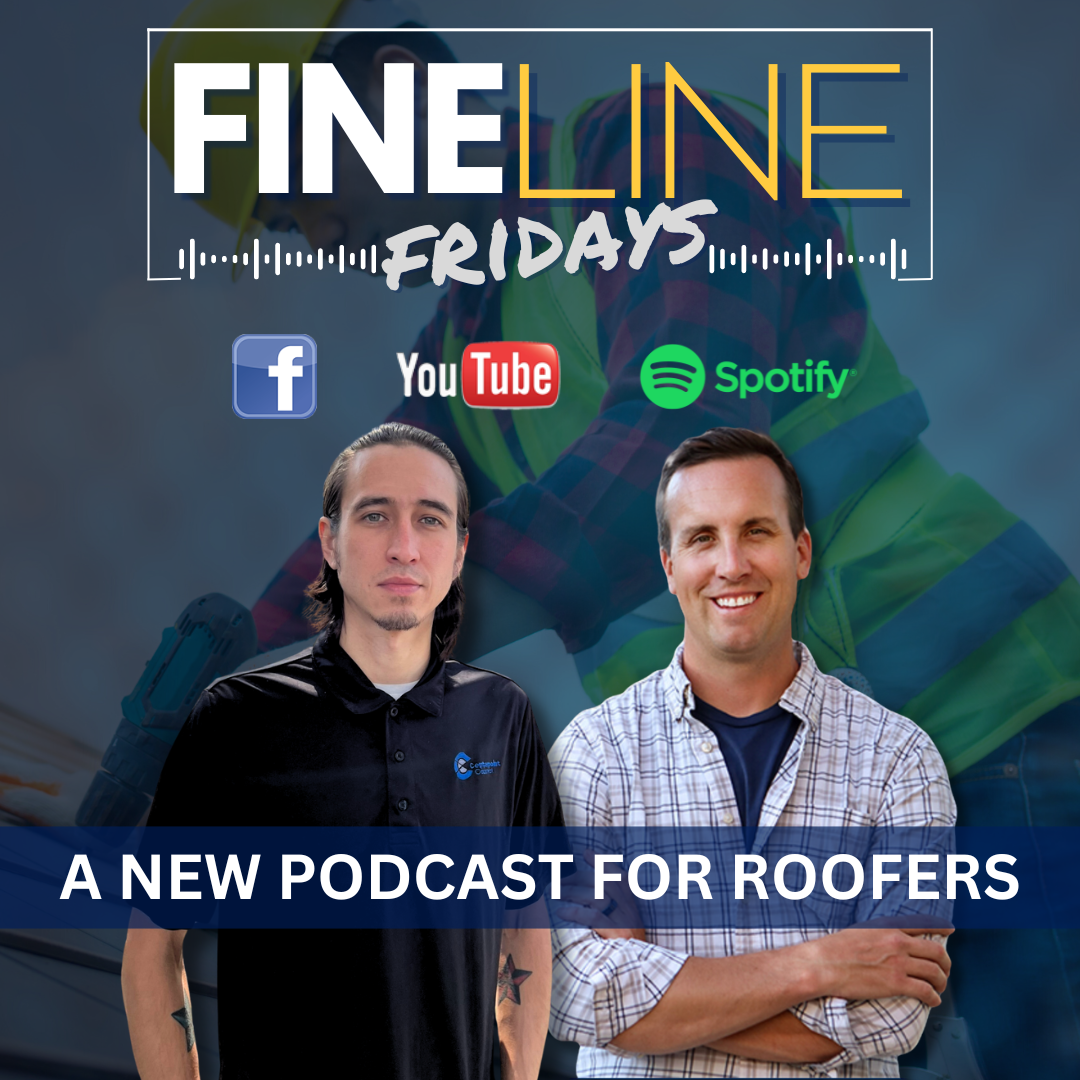Top 7 On-Demand Products for the Roofing Industry to Grow Your Business
Your client has un-planned service at a facility. The client has a current problem that needs to be addressed quickly.
Performance: These products are based upon a current need. The service is required now to fix a problem. These products all require quick response.
Features:
- Schedule according to Service Level Agreements or mandate from Client (can be same day or a few hours).
- On-Site repairs are performed up to an NTE amount or are negotiated on-site.
- Dispatch is created and data accumulated through Centerpoint Connect roofing software or another roofing software.
- Client access to Data through Centerpoint Connect client portal.
- Invoices are created and sent quickly with details required by the client. Through Centerpoint Connect, Data is gathered in the field and the format created while the tech is on site with the descriptions and before and after photos – in the office, the data is reviewed, and invoices are created with a few clicks.
Reliability: Dispatches are scheduled according to Client requirements. As soon as the dispatch is created in Centerpoint Connect, notifications of the status of the dispatch begin to be sent – you keep the client informed through actions of the office and the tech in the field. After site visit, Client requires data and invoices quickly.
Conformance: Product is the repair, timely Client reports and data. Product will meet specifications if done through Centerpoint Connect (standardized) and done according to Client’s timeline.
Durability: The life of the product is the life of the repair. Contractors do not warrant that the Client’s roof will not “leak”. You warrant that your work is good, and a repair was done accurately according to NRCA standards.
Serviceability: Dispatches can be difficult to service for capacity reasons. You cannot gauge how many “leak calls” you will receive. In inclement weather, call volume can spike. You must negotiate with the Client service times and regularly communicate any delays.
Esthetics: The “look” of this isn’t as important as the timing and the courtesy extended. Your “look” is that you are on time, communicate clearly and work diligently on the Client’s problem.
Perceived Quality: Pricing is based on Time and Material rates.

On-Demand Products are the following:
1. Demand Service – T&M – Time and Material. If a client does not have a Not To Exceed amount established/agreed to in a Master Service Agreement. You would invoice at a Time and Material rate. Be careful and only perform reasonable services. The Service Manager needs to be in contact with the Client to ensure that all work/repairs will be paid for.
2. Demand Service – T&M NTE T&M NTE – Time and Material Not to Exceed a Specified Dollar Amount. The Client has requested leak repair service and has established a dollar amount that you are not allowed to invoice over. If the work is extensive and will be more than the NTE, you request authorization for more money or do temporary repairs to try to stop the leak and create a Repair Estimate for the Client’s approval.
3. HOT SHEETS! – Each and every time a service tech goes on a customer’s roof, the tech will survey the roof for additional items that need attention after he finishes his T&M repair call. Training of the service tech is critical to bring back photo’s, quantities and scope of work through Centerpoint Connect, the service manager can create and price a proposal to the customer for suggested additional repairs.
4. Manufacturer Warranty Programs – This product type relates to Manufacturer Work orders, that is work orders to respond to roof leaks covered by a manufacturer warranty. Each manufacturer has requirements for responding to warranty issues. They require certain procedures with the customer, response time, on site conduct, reporting and invoicing. One of the most problematic is that the manufacturer will only pay for a warranty covered problems. Rather than go to the site and determine the work is not covered and leave you in a scenario of doing the work and not getting paid for it. You can use a system of getting preauthorization from the client to make the repairs up to a NTE Not to Exceed amount if the issue is not covered by the warranty. This requires good communication with the clients but allows the service organization to effectively use its time by making the repairs and it helps the client by resolving the problem.
5. Emergency Services – This product is used when a client has an emergency, such as a roof blow off or partial blow off, hail damage, wind damage, fire, burglary, or some other type of scenario that caused damage to the roof. Typically, request a photo and detailed description to qualify how many techs are required to address the need. Understand who can approve additional charges on a roof – get their mobile number. Go in with a higher NTE as high as possible. Then, you make it happen. Once you have boots at the site, find out what they are seeing. Make quick decisions. Involve your client contact. Give estimates on the phone. Follow up in writing through an email. Have them approve them in writing through email – can be as little as “agreed”. The amounts can be placed in a quick email and followed up later with a proposal.
6. Small Scope Estimated Repairs – A Repair Estimate is a written proposal to perform a specified scope of work at a site that wasn’t planned (due to damage or failing system with a new Client). It is not approval to do the work until it is signed by a client. The Repair Estimate is created in Centerpoint Connect. The only area that is inspected is the area with an issue (if more areas are required it is a Roof Survey – that you can charge for). The Repair Estimate is used to address a current problem. Examples of such issues may include detached gutter, failing seam, loose coping, leaking scupper, cracked drain rings, etc.
7. Small Scope Construction Projects – Roof Construction Proposal is a written proposal to perform a specified scope of work at a site that wasn’t planned (due to damage or failing system). It is not approval to do the work until it is signed by a client. The only area that is inspected is the area with an issue (if more areas are required it is a Roof Survey). The proposal is used to address a current problem, that isn’t a large enough project to be a “Construction Project” and usually doesn’t involve tearing off the existing roof system. This type of request involves a quick timeline for the construction to be completed. Sometimes, regulatory agencies are involved with a facility leaking (health departments). Examples of such issues may include canopy recover of 8 SQUARES, freezer recover of 10 SQUARES, etc.
On-Demand Products | |
|---|---|
| Selling Points: Benefits | Objections or Challenges |
|
|






